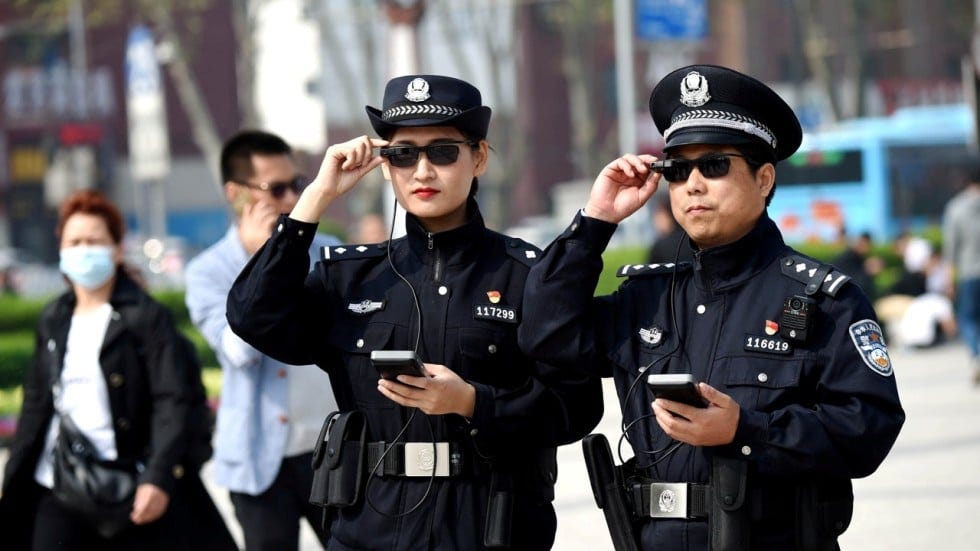US firms helped build Beijing’s ubiquitous surveillance systems

China’s anti-lockdown protests last month were the worst blow yet to the prestige of Xi Jinping. One moment, the Chinese Communist Party’s leader was riding high after securing a third term at the top of the party-state. The next, he was challenged by demonstrators in the streets to “step down,” a sentiment that protestors also chanted against the party itself.
The discontent with the CCP expressed by demonstrators exceeded that of the more massive 1989 protests at Tiananmen Square, albeit this time with much lower numbers: most of the 19 or more cities where protests erupted drew less than 50 people, while the other half in tier one cities with more foreign contact attracted over 50, some in the hundreds.
Though the numbers were small, it was a notable “political coming out of the closet,” (政治出柜, zhengzhi chugui), much discussed in Chinese social media. But to keep it in perspective, the protests were not thousands of people openly defying authority, as the world now observes in Iran. As far as is known, these were limited actions by small groups in urban centers.
However, the protests in China at the end of November were bold, as those who participated risked arrest or worse. And there is a chance that the demonstrators represented a larger and more cautious percentage of society.
Though the party leadership rapidly (maybe too rapidly) eased the “zero Covid” restrictions that prompted this popular anger, those who spoke up soon learned who was boss.
A rough pattern of police response developed, with some similarity to the way some other protestors have been treated. Mere participants were summoned to police stations to explain themselves and sign statements saying they would never do it again. One demonstrator, perhaps typifying others, had tried to disguise himself with a balaclava and clothing change but was quickly tracked down by police. He was surprised at how easily authorities had picked him out of a large crowd, evidently using his phone data and their urban surveillance system.
Leaders of the protests were treated more harshly. At least one—the man who may have led the first “step down” chants in Shanghai—was apprehended at work and has since disappeared. He, too, thought he might not
be identified.
Years ago, well before Xi Jinping’s new era of paranoid surveillance, some citizens have been more clued in than others to the regime’s use of mobiles to keep tabs on users. Chinese citizens secretly working for a foreign intelligence agency were trained to, among other things, separate their phones from any incriminating activity.
Those just living lives removed from international intrigue, but who were tech savvy, also chose different ways to minimize surveillance, according to a Chinese American author who has regularly returned to China for research. They would “put their cell phones in another room when they talk, or take out the SIM cards, use different cell phones to contact different people,” similar to the tactics of protestors in the U.S. to avoid surveillance and police use of data.
See here for the rest of the article in SpyTalk